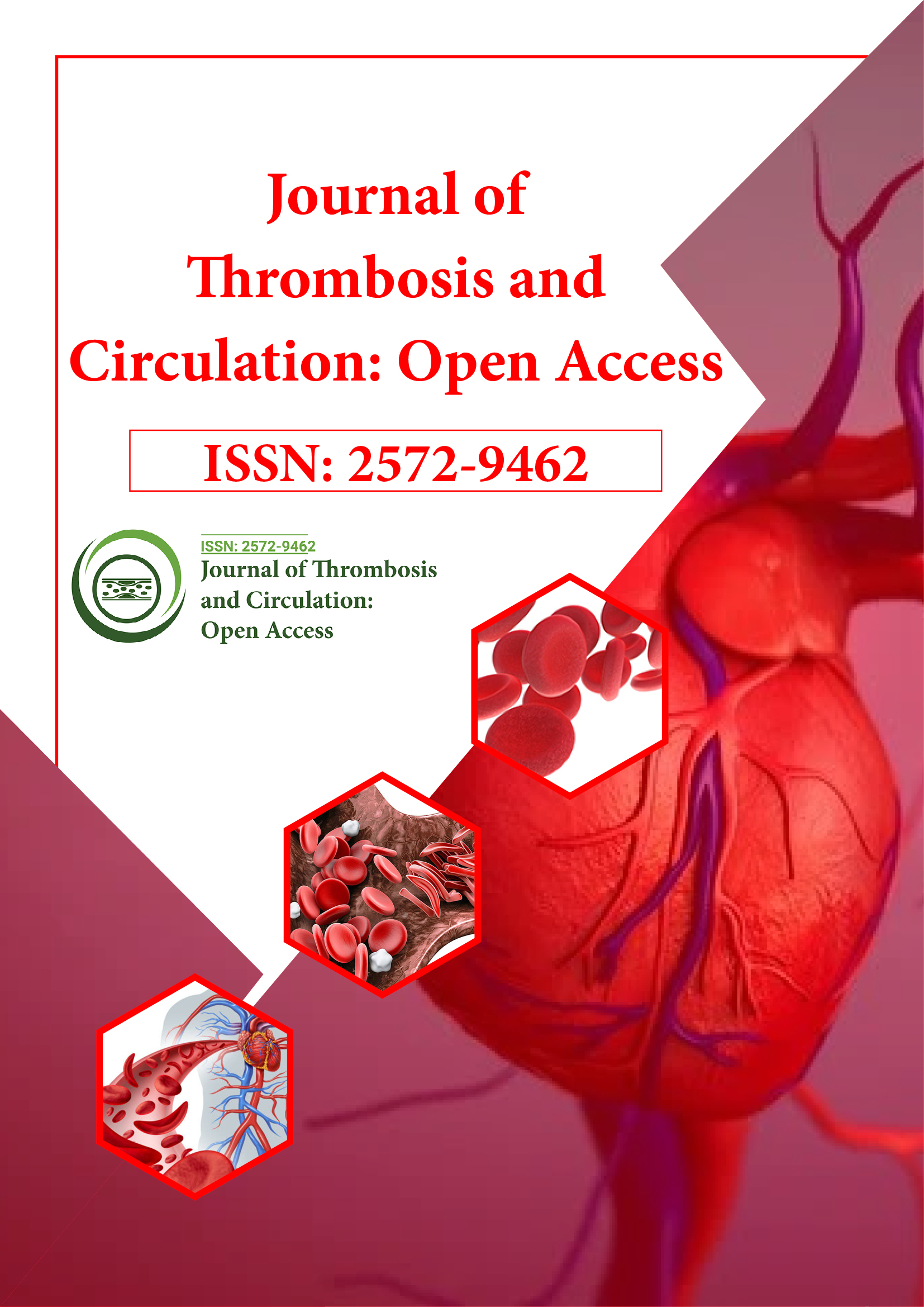Indexed In
- RefSeek
- Hamdard University
- EBSCO A-Z
- Publons
- Google Scholar
Useful Links
Share This Page
Journal Flyer

Open Access Journals
- Agri and Aquaculture
- Biochemistry
- Bioinformatics & Systems Biology
- Business & Management
- Chemistry
- Clinical Sciences
- Engineering
- Food & Nutrition
- General Science
- Genetics & Molecular Biology
- Immunology & Microbiology
- Medical Sciences
- Neuroscience & Psychology
- Nursing & Health Care
- Pharmaceutical Sciences
Perspective - (2023) Volume 9, Issue 5
Liver Transplants and Complications: Navigating Hepatic Artery Thrombosis
Fioretti Oliva*Received: 18-Aug-2023, Manuscript No. JTCOA-23-23284; Editor assigned: 21-Aug-2023, Pre QC No. JTCOA-23-23284 (PQ); Reviewed: 06-Sep-2023, QC No. JTCOA-23-23284; Revised: 13-Sep-2023, Manuscript No. JTCOA-23-23284 (R); Published: 21-Sep-2023, DOI: 10.35248/2572-9462.23.9.243
Description
Hepatic Artery Thrombosis (HAT) is a rare but serious medical condition that affects the blood supply to the liver. This condition can have severe consequences, including liver damage and organ failure. In this article, we will explore the causes, symptoms, diagnosis, and treatment options for hepatic artery thrombosis.
Hepatic artery thrombosis occurs when a blood clot forms in one or more of the hepatic arteries, which supply oxygen-rich blood to the liver. The liver is a vital organ responsible for various essential functions, including detoxification, metabolism, and the production of important proteins. When the blood supply to the liver is compromised due to HAT, it can result in significant health issues.
Causes of hepatic artery thrombosis
Hepatic artery thrombosis can have various underlying causes, including:
Liver transplantation: HAT is a well-recognized complication of liver transplantation, particularly in the early post-transplant period. It can occur due to surgical complications, graft rejection, or other factors.
Trauma: Blunt abdominal trauma or injury to the hepatic artery can lead to the formation of blood clots.
Hypercoagulable disorders: Conditions that increase the risk of blood clot formation, such as thrombophilia or inherited clotting disorders, can contribute to HAT.
Atherosclerosis: The build-up of plaque in the arteries can also lead to reduced blood flow and clot formation in the hepatic arteries.
Symptoms of hepatic artery thrombosis
Hepatic artery thrombosis can present with a range of symptoms, which may include:
Abdominal pain: Persistent, severe abdominal pain, often in the upper right quadrant, is a common symptom.
Jaundice: Yellowing of the skin and eyes (jaundice) can occur due to impaired liver function.
Fever: Some individuals with HAT may develop a fever, which can be a sign of infection or inflammation.
Nausea and vomiting: Digestive symptoms, such as nausea and vomiting, may occur as the liver's ability to process toxins is compromised.
Dark urine and pale stools: Changes in urine color (darkening) and pale stools can result from liver dysfunction.
Diagnosis of hepatic artery thrombosis
Diagnosing hepatic artery thrombosis typically involves a combination of medical history, physical examination, and diagnostic tests. Common diagnostic approaches include:
Imaging studies: Ultrasound, Doppler ultrasound, CT scans, or MRI can help visualize blood flow in the hepatic arteries and identify blood clots or obstructions.
Angiography: Hepatic angiography is an invasive procedure that involves injecting contrast dye into the hepatic arteries to obtain detailed images and identify the location and extent of the thrombosis.
Laboratory tests: Blood tests can assess liver function and detect signs of inflammation and clotting disorders.
Treatment options for hepatic artery thrombosis
The treatment of hepatic artery thrombosis depends on several factors, including the underlying cause, the extent of the clot, and the patient's overall health. Treatment options may include:
Thrombectomy: In some cases, the clot may be surgically removed to restore blood flow to the liver.
Thrombolysis: Thrombolytic medications may be used to dissolve the clot.
Angioplasty and stent placement: In cases where there is a blockage or narrowing of the hepatic artery, angioplasty (balloon dilation) and stent placement can help restore blood flow.
Anticoagulation: Blood-thinning medications, such as heparin or warfarin, may be prescribed to prevent further clot formation.
Liver transplantation: In severe cases or when HAT occurs after liver transplantation, a repeat transplant may be necessary.
Hepatic artery thrombosis is a serious medical condition that can lead to significant liver damage and complications. Early diagnosis and prompt intervention are essential to improve outcomes. Understanding the causes, recognizing the symptoms, and seeking immediate medical attention can make a substantial difference in the management of hepatic artery thrombosis and its potential impact on liver function and overall health.
Citation: Oliva F (2023) Liver Transplants and Complications: Navigating Hepatic Artery Thrombosis. J Thrombo Cir. 9:243.
Copyright: © 2023 Oliva F. This is an open-access article distributed under the terms of the Creative Commons Attribution License, which permits unrestricted use, distribution, and reproduction in any medium, provided the original author and source are credited.
